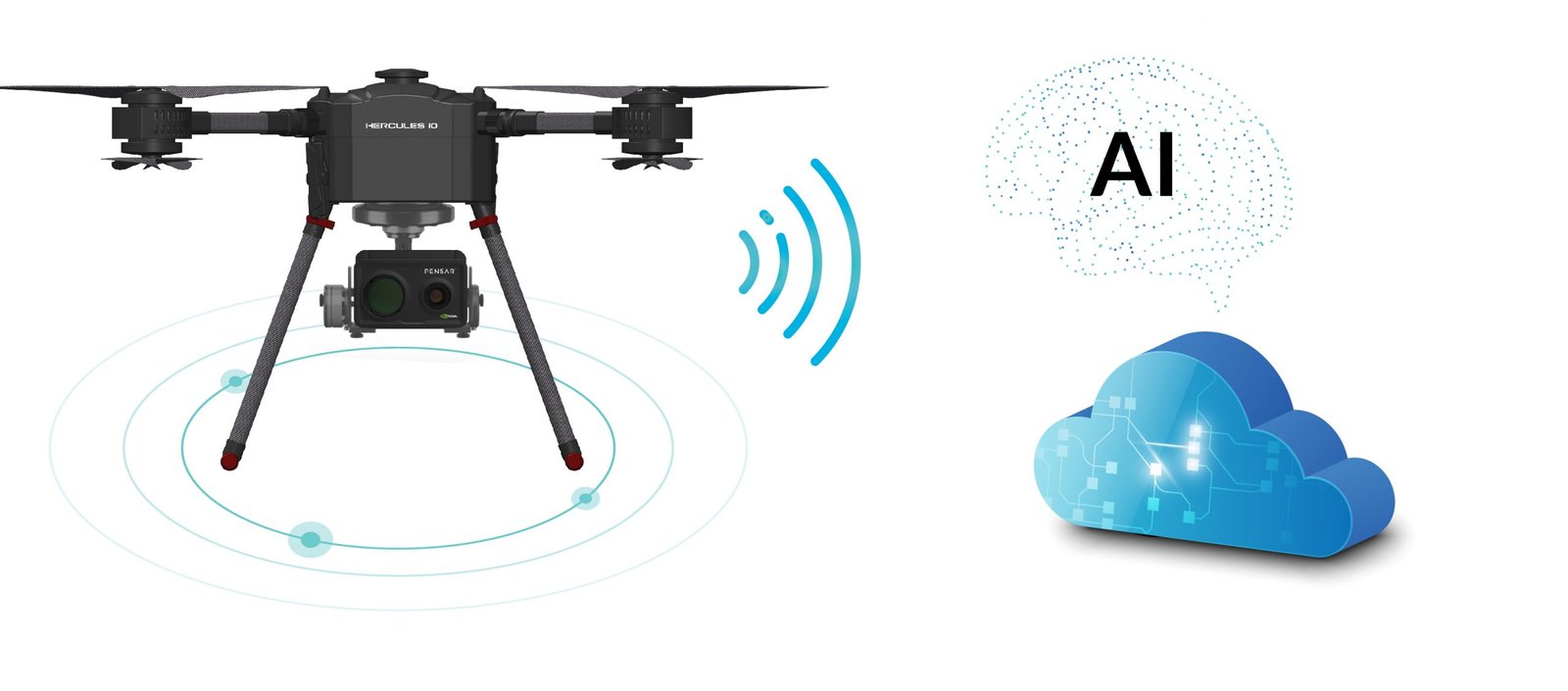In a bold move to maintain technological and tactical superiority, the Pentagon has initiated the “Replicator” program, aiming to integrate thousands of low-cost, AI-powered drones into the United States Air Force. This initiative marks a strategic pivot towards utilizing mass quantities of small, smart, and inexpensive autonomous systems to counter the vast military resources of rivals, specifically China.
Key Highlights
- Deputy Secretary of Defense Kathleen Hicks announced the Replicator program, intending to deploy a large number of attritable, autonomous systems across various domains within the next two years.
- The program is a response to the significant size of China’s military, which includes the world’s largest navy, over a million ground forces, and more than 2,000 combat aircraft.
- The Pentagon’s strategy focuses on countering mass with innovation, emphasizing the deployment of drones that are difficult for adversaries to predict and counter.
- Plans include incorporating drone “wingmen” to complement crewed fighter jets, with potential to enhance performance and reduce pilot risk.
- Funding and specific system details remain under wraps, but the initiative is part of a broader effort to leverage commercial technology for rapid deployment and scaling.
Replicator: A Strategic Shift
The Replicator initiative embodies the Pentagon’s vision of leveraging technology to create a military advantage through mass and agility. By investing in drones that are cost-effective yet capable, the U.S. aims to challenge adversaries’ traditional military strengths with innovative approaches. The initiative also underscores a significant shift in military strategy: from reliance on large, exquisite systems to a more diversified approach that includes swarms of smaller, autonomous systems capable of performing reconnaissance, targeting, and attacks.
Autonomous Systems and the Future of Air Warfare
With an eye on the future, the Air Force is ramping up its plans for incorporating autonomous “drone wingmen” into its operations. These collaborative combat aircraft (CCAs) are envisioned to support crewed fighters, carrying out missions that range from striking targets to conducting surveillance. By planning for a fleet of 1,000 such drones, the Air Force aims to improve the effectiveness of its crewed aircraft while minimizing risks to pilots.
Ethical and Strategic Considerations
The Pentagon’s push for AI drones is not without its ethical and strategic considerations. The initiative emphasizes a responsible and ethical approach to AI and autonomous systems, acknowledging the importance of maintaining control and accountability in military operations. Furthermore, the emphasis on commercial technology for rapid production highlights a strategic approach to procurement that prioritizes speed and scalability.
The Pentagon’s Replicator program represents a forward-looking strategy that aims to balance innovation with practicality, leveraging the potential of AI and autonomous systems to ensure military superiority. By focusing on small, smart, and cheap drones, the U.S. military is preparing for a future where technological agility and mass can counter the traditional military strengths of adversaries. This strategic pivot not only highlights the evolving nature of warfare but also underscores the importance of innovation in maintaining national security.
As the Pentagon continues to develop and refine its approach, the success of the Replicator program will likely serve as a benchmark for future military innovation, demonstrating the potential of autonomous systems to reshape the battlefield.



















